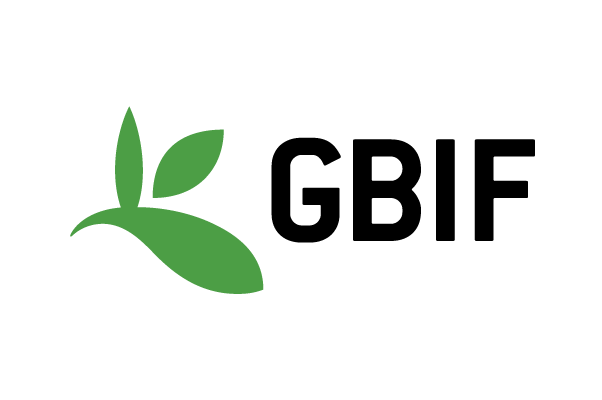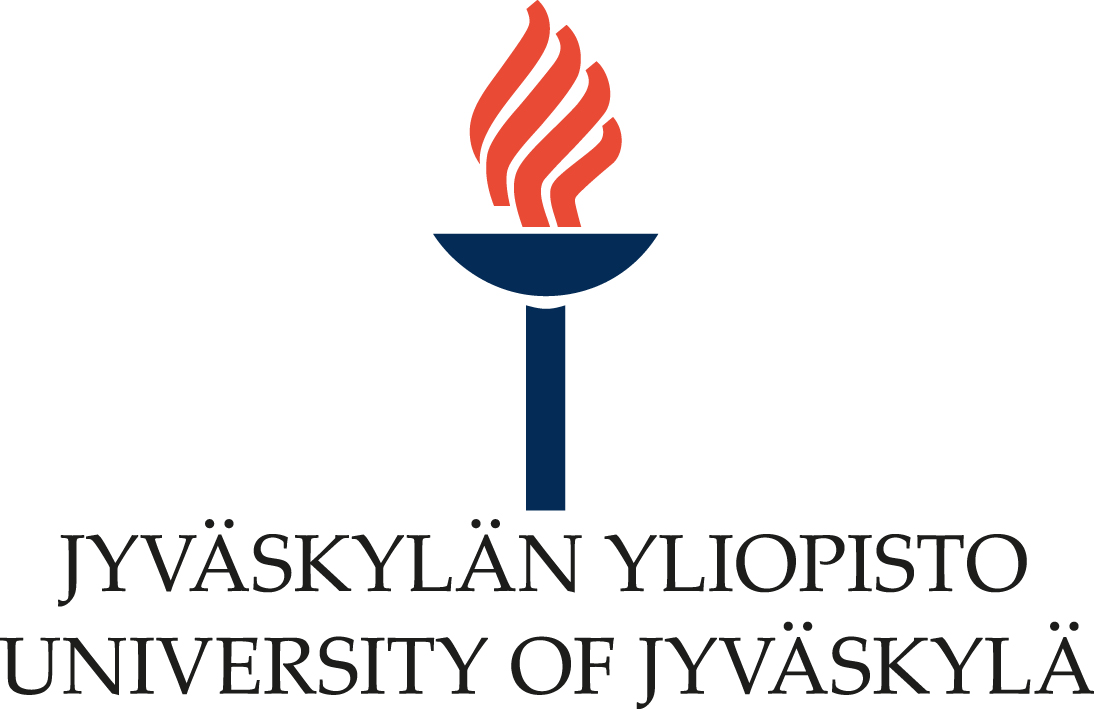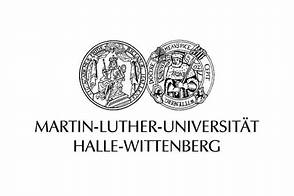Biodiversity Dynamics
This use case covers “Biodiversity Dynamics” which is one of two Use Cases under the Species Response to Environmental Change umbrella and with “Ecosystem Services” will populate and demonstrate this part of the Biodiversity Digital Twin.
Biodiversity Dynamics aims to cover three main areas of focus, which concentrate on the interactions and interrelations between species and ecosystems. The first through its focus on Grassland Biodiversity Dynamics investigates the impact of different management regimes & interventions, soil conditions as well as climate change scenarios. This model is named GRASSMIND and, via the graphical user interface that is under development, will be usable by end-users to request specific scenarios be simulated and analysed.
The second area of focus is Forest/Birds Biodiversity Dynamics which aims to investigate the impact of different forest management activities and climate change scenarios which affect the interplay between Forest Habitats and Bird Species. The overarching aim is to develop a proof of concept study for a Finnish Forest Ecosystem and identify the most appropriate approach for biodiversity in different climate change scenarios.
Finally the third part to this case study is real-time bird monitoring with citizen science data. This use case is particularly interesting as it will investigate firstly if and secondly how citizen science might be utilised for real-time monitoring of bird species.

Biodiversity Dynamics and Digital Twin Models
1. GRASSMIND is an individual-based model for managed grasslands which simulates the ecological processes at the individual plant level which allow biodiversity dynamics to emerge at the community level. Thereby, the recruitment, growth, death and interactions of different individual plants per species are influenced by external drivers like weather, soil conditions, and management (e.g. mowing and fertilisation). Data input types for this model thus capture these external drivers and comprise daily weather data, soil texture composition, management regime as well as observational data which is compared to simulation output results (e.g. composition or above-ground biomass of functional groups of species). This model output of different patterns of grassland biodiversity dynamics will then be accessible to users such as decisions makers, of the agricultural sector, and scholars. The sources of the input data, the data preparation procedures and the model output data shall be appropriately documented according to FAIR data standards.
2. LANDIS-II will allow virtual representations of Finnish forests to be developed which will allow Forest simulations to be projected from different management options combined with different climate change scenarios. Within these various biodiversity models will be computed which can predict how different bird species will react to the different conditions and management options. The simulator for the entire Finnish forest will be run on LUMI as it is a highly computationally demanding process. The sources of the input data, the data preparation procedures and the model output data shall be appropriately documented according to FAIR data standards.
3. A portal is being developed to show close to real time both data analysis and predictions for bird populations based on citizen science data. The data inputs will be audio files that contain bird vocalisations recorded by citizen scientists on mobile phones (and associated metadata) and the outputs will be predicted classifications of the bird species in each audio file. The sources of the input data, the data preparation procedures and the model output data shall be appropriately documented according to FAIR data standards.






